Oilfield Safety: Why It is Important and What Are Effective Safety Measures?
Oilfields are dynamic and demanding areas where precious hydrocarbons are extracted. While these operations are vital for addressing global energy demands, they also pose inherent dangers to workers, the environment, and the entire industry. Oilfield safety is a top priority since it attempts to save lives, avert environmental disasters, and secure the long-term viability of oil and gas operations. In this article, we will look at the importance of oilfield safety, the challenges that must be overcome, and the measures that must be taken to provide a safe working environment in these complicated circumstances.
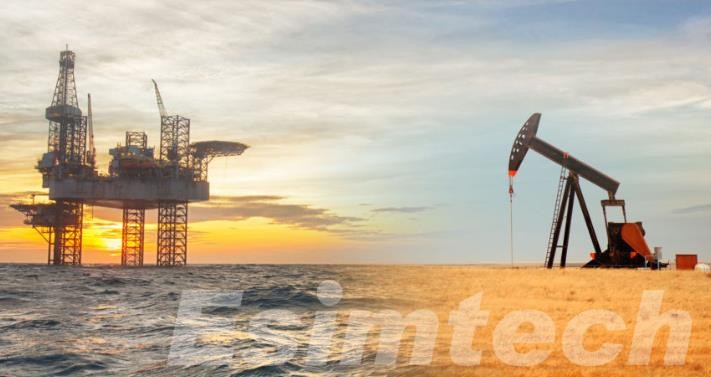
The Significance of Oilfield Safety
Protection of Human Lives
The protection of human life is the most fundamental and compelling rationale for prioritizing oilfield safety. Because of the presence of heavy machinery, high-pressure equipment, and exposure to potentially hazardous chemicals, oilfield operations can be inherently dangerous. Oil and gas firms attempt to reduce the risk of accidents, injuries, and fatalities among their personnel by implementing stringent safety measures and providing extensive training.
Prevention of Environmental Disasters
Oil spills, leaks, and pollutants from oilfield operations can have disastrous environmental consequences. These accidents have far-reaching ramifications, including environmental degradation, water contamination, and negative effects on local residents. The oil and gas industry may greatly limit the potential for environmental harm by adhering to tight safety procedures and installing robust environmental safeguards.
Safeguarding the Industry’s Viability
Oilfield accidents can have significant economic consequences for the sector. Major accidents can disrupt oil supplies, causing energy market volatility, higher energy costs, and financial losses for the corporations involved. Ensuring oilfield safety is not only an issue of compliance; it is also critical to the industry’s long-term viability and profitability.
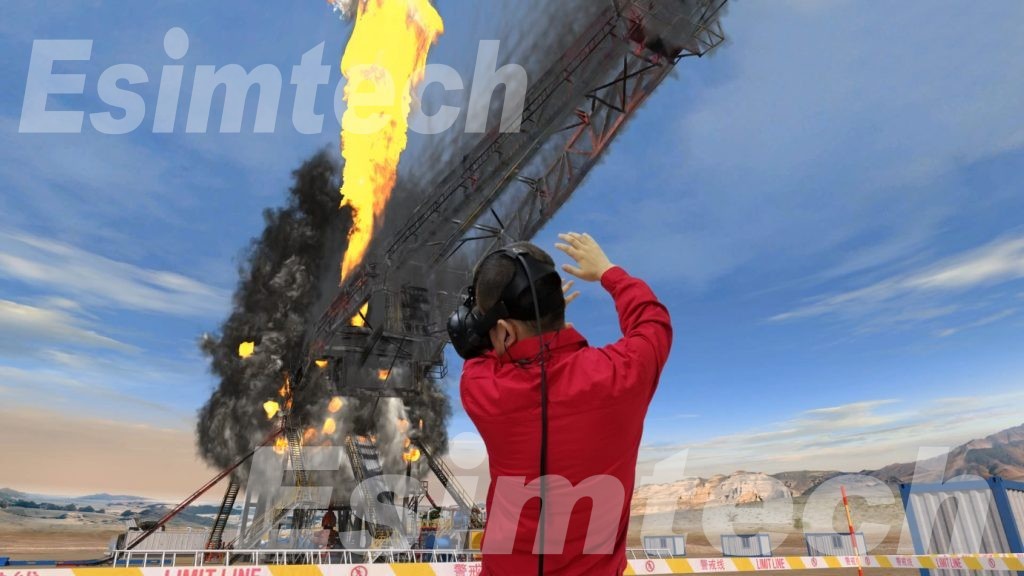
Enhancing Reputation and Accountability
Oil and gas firms must maintain a positive public image. Safety breaches and accidents can harm a company’s reputation, lose public trust, and expose it to legal liability. Companies that value safety show accountability and a dedication to ethical and responsible business operations.
Worker Well-being and Morale
In oilfield operations, a robust safety culture contributes to enhanced worker well-being and morale. When employees feel that their safety is a top priority, they are more likely to be engaged, motivated, and committed to their work. A safe work environment fosters a positive and productive workforce.
Compliance with Regulations
To protect workers, the environment, and the public, regulatory authorities enforce severe safety management standards for the drilling operations on the oil and gas industry. Adhering to these standards is not just a legal responsibility, but also a moral commitment to conduct oneself appropriately within the confines of the law.
Risk Mitigation
Oil and gas firms can proactively detect and minimize possible hazards by employing stringent safety measures and risk assessment methods. This proactive strategy decreases the likelihood of accidents and aids in emergency preparedness.
Sustainability and Longevity
The oil and gas industry’s long-term viability is inextricably related to its capacity to operate safely and ethically. Demonstrating a commitment to safety is critical not only for sustaining the industry’s social license to operate, but also for assuring its continuing survival as an industry.
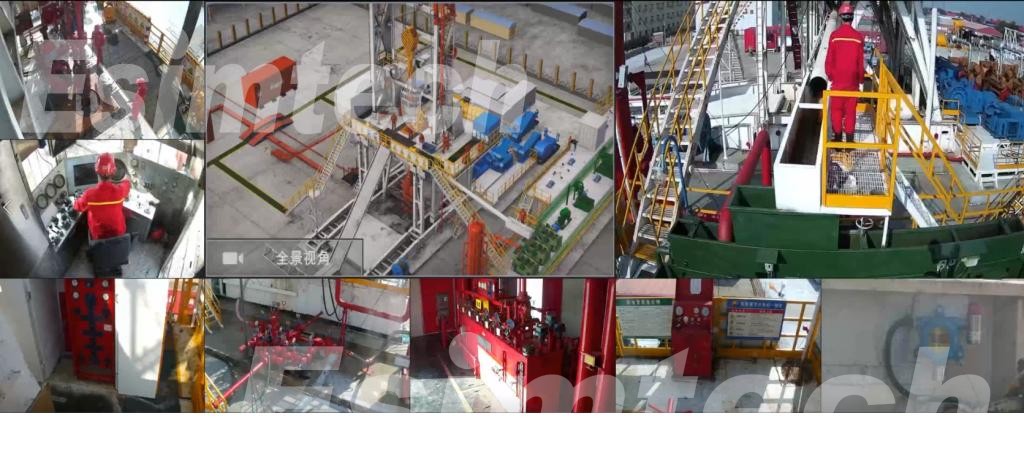
Measures and Best Practices for Ensuring Oilfield Safety
Comprehensive Training
Proper training is critical for oilfield safety. Workers must be well-trained in safety protocols, emergency response procedures, and the proper use of safety equipment. Training programs should be continued in order to keep staff up to date on the most recent safety measures.
The drilling and well control simulation training system simulates real-world equipment and operations, including all hardware systems, panel configurations, operating methods, and parameter displays. The 3D animation displays the working circumstances on a display screen, while sound effects mimicking a real rig floor produce a totally engaging and immersive training environment.
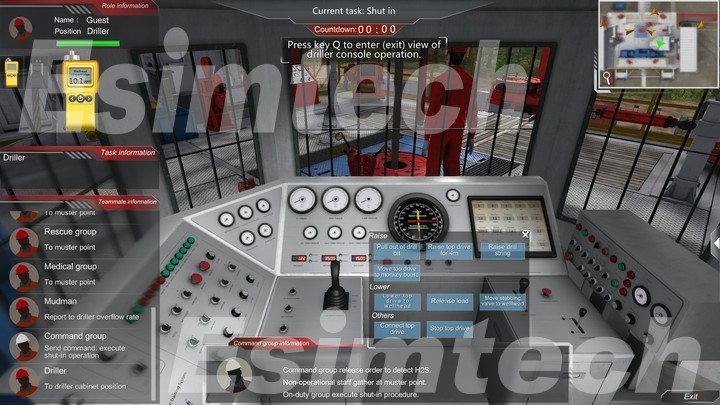
Safety Protocols and Procedures
Create and execute standardized safety policies and procedures for all oilfield operations. These should cover every aspect of drilling, production, and transportation processes. Ensure that employees are well-versed in these protocols.
Oil and gas simulator training system was designed to assist major drilling training facilities or petroleum schools in conducting training in various disciplines of the petroleum industry. The creation of these online simulation training systems has been critical to the growth of the petroleum sector and continuing education in the oilfield business.
The simulator has covered every application field in the oil and gas industry, including rig installation, well logging, oil and gas gathering and transportation, fracturing and acidizing, coiled tubing, drilling well control, oil and gas production, transportation, downhole operations, emergency exercise, and more.
Technological Advancements
Accept innovative technology that improves safety. Automation, remote monitoring, sensors, and robotics can lessen the need for human intervention in potentially dangerous situations, lowering the likelihood of an accident.
Preventive Maintenance
Inspect and maintain equipment and facilities on a regular basis to identify and correct any problems before they cause accidents. Implement preventive maintenance plans to ensure machinery reliability and operation.
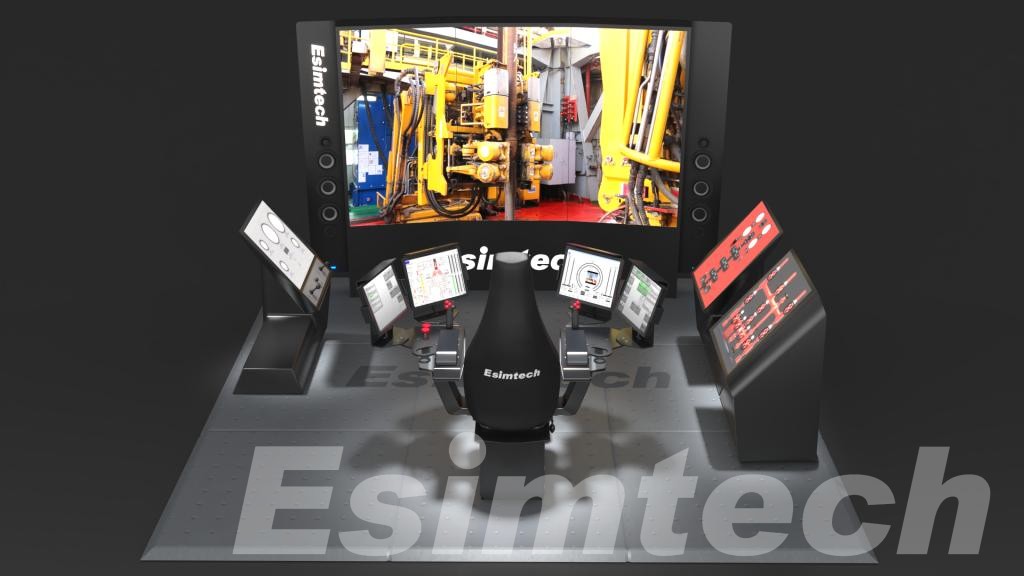
Safety Culture
Promote a robust safety culture throughout the organization. Encourage employees to prioritize safety, report issues about safety, and actively participate in safety activities. Leadership should set a good example and publicly advocate safety initiatives.
Regulatory Compliance
Maintain adherence to local and international safety legislation and standards. Keep up with regulatory changes and alter safety practices accordingly. Regular audits and inspections by regulatory bodies should be welcomed and used as opportunities for improvement.
Emergency Response Plans
Create and keep well-defined emergency response plans for a variety of eventualities, such as equipment failures, fires, and oil spills. Assure that all personnel are aware of their duties and obligations in the event of an emergency.
Environmental Safeguards
Implement strict preventive and response measures to oil spills and other environmental problems. This includes the use of containment booms, dispersants, and well-established response and cleanup methods.
Risk Assessments
Perform comprehensive risk evaluations for all oilfield operations. Determine the severity of potential hazards. Use the results of these assessments to build mitigation methods and safety precautions.
Safety Audits and Oversight
Conduct frequent audits and reviews of all operations and equipment for safety. This includes, if applicable, evaluating contractor safety performance. Ensure that corrective actions are performed in response to audit findings as soon as possible.
Health and Wellness Programs
Implement health and wellness programs that address variables that contribute to accidents, such as weariness and stress. Encourage employees to live healthy lives in order to improve their overall well-being.
Communication and Reporting
Establish open channels of communication so that safety issues, near misses, and events can be reported without fear of retaliation. Encourage employees to report safety concerns as soon as possible so that they can be addressed properly.
Continuous Improvement
Review and enhance safety practices on a regular basis based on lessons learned from mishaps, near misses, and industry improvements. Update safety protocols and training programs on a regular basis to reflect best practices.
Safety Performance Metrics
Key metrics and indicators are used to track safety performance. Analyze data to spot trends and areas for improvement in safety systems and practices.
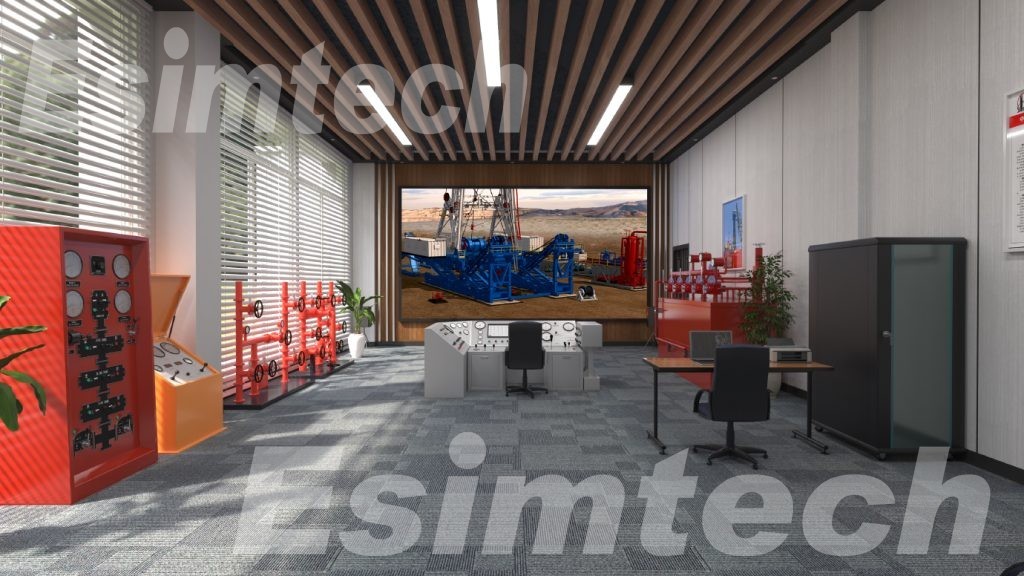
Conclusion
Oilfield safety is a complicated concern that includes the protection of human lives, environmental preservation, and the long-term viability of the oil and gas industry. As the world continues to rely on hydrocarbons for energy, it is critical that safety is prioritized in oilfield activities. The industry’s dedication to stringent safety requirements, continual training, technological innovation, and a strong safety culture is critical to ensuring that oilfields remain secure and sustainable energy sources. By putting safety first, the oil and gas industry can help to create a safer working environment, safeguard ecosystems, and ensure its long-term profitability.
